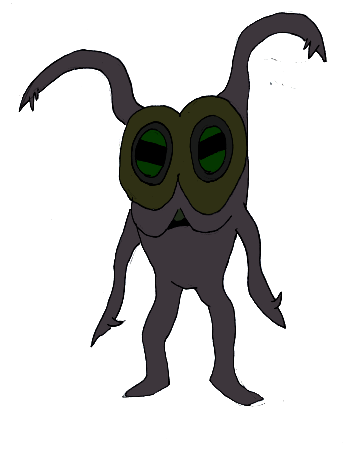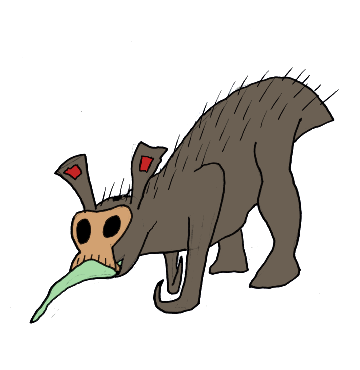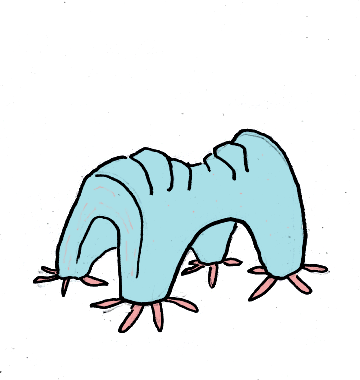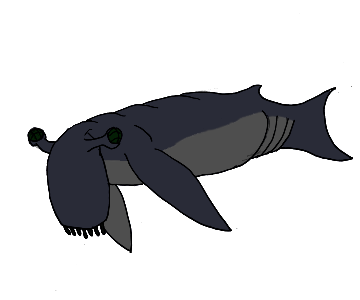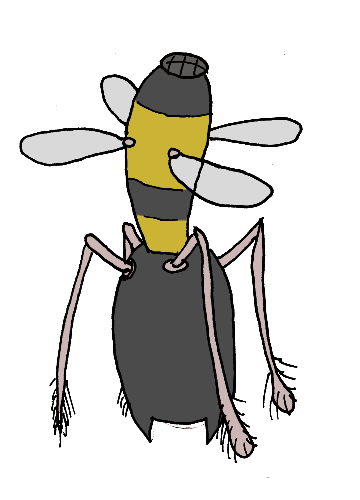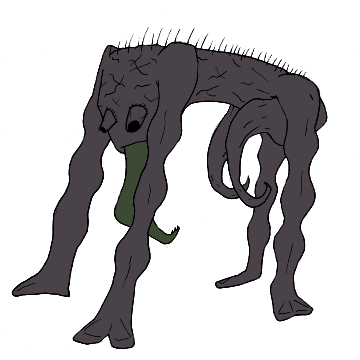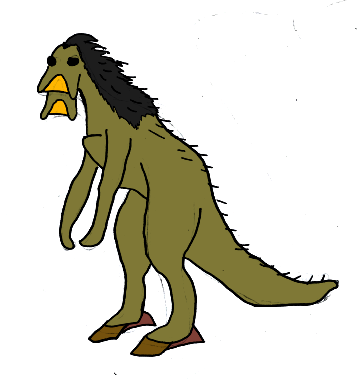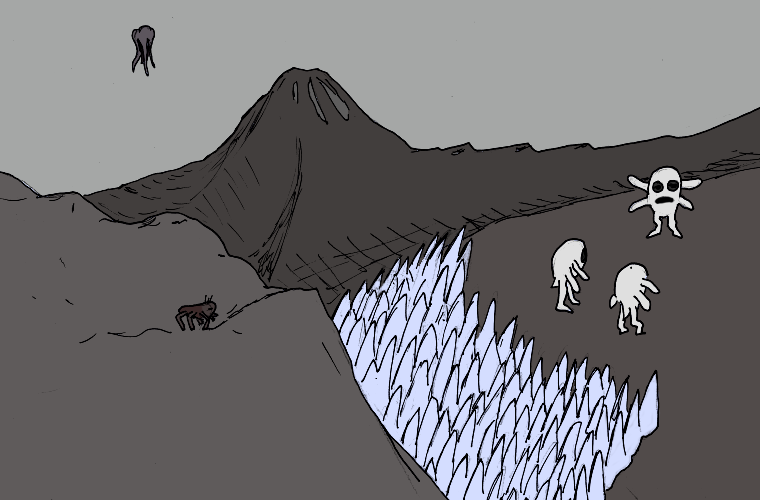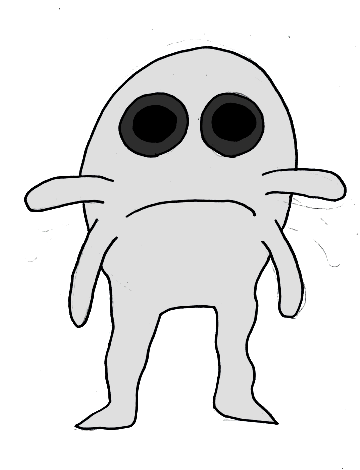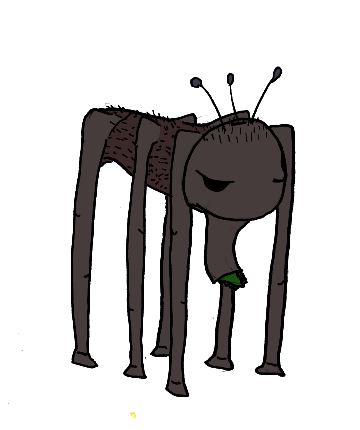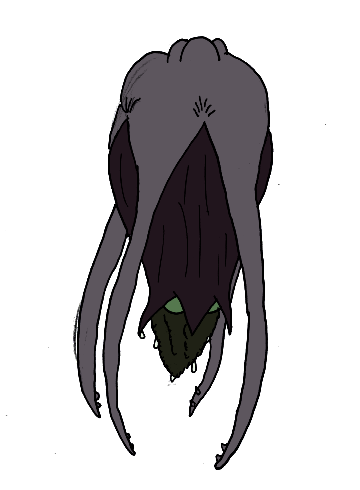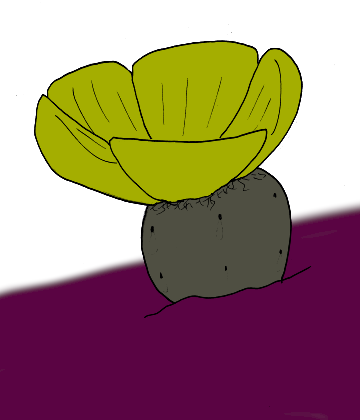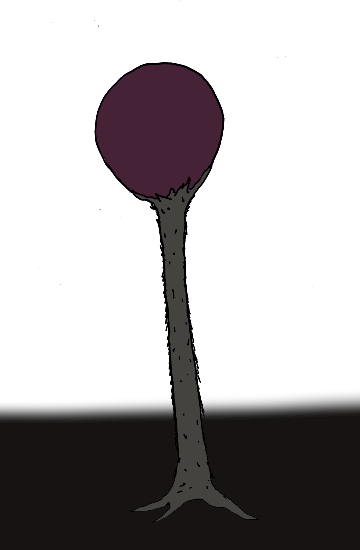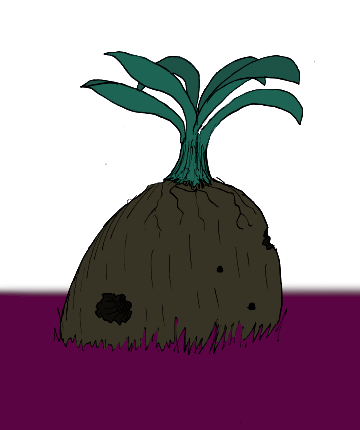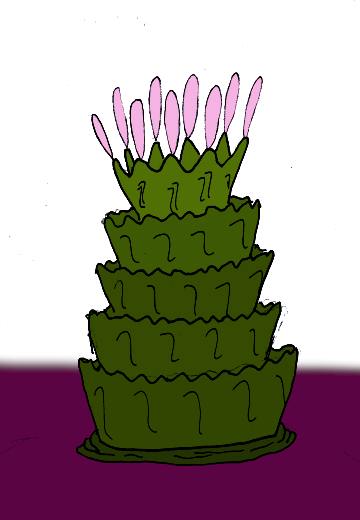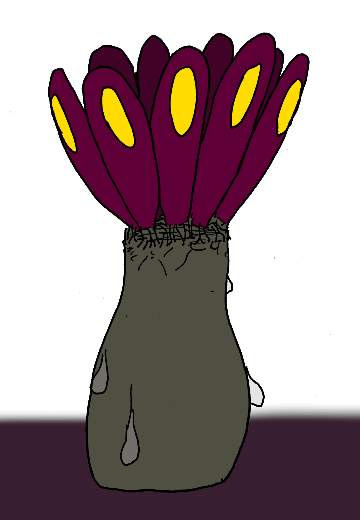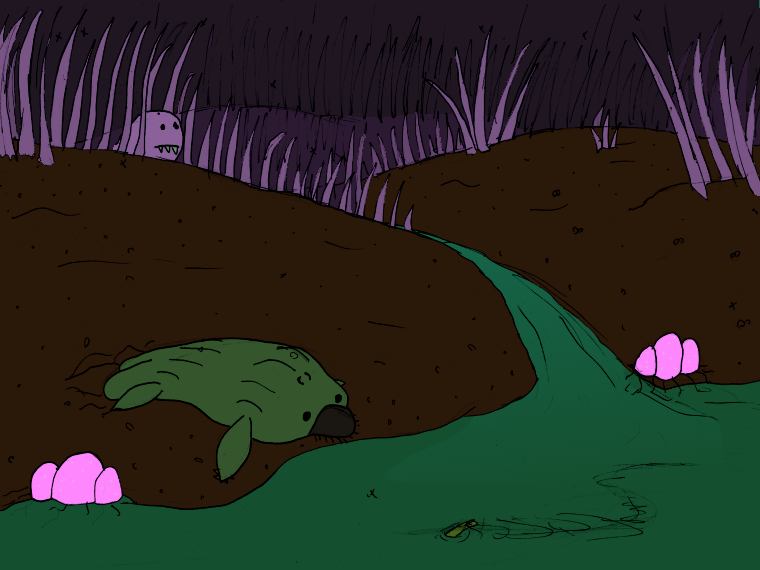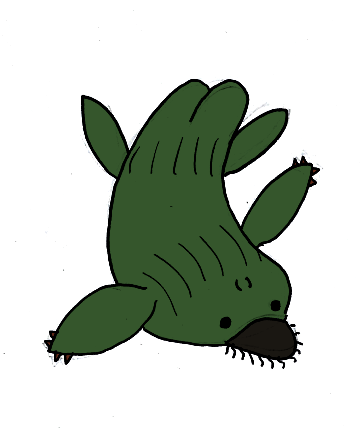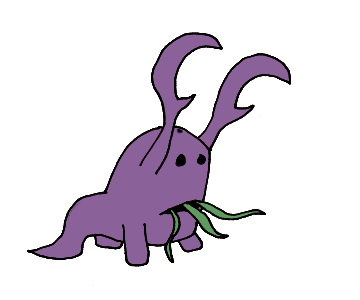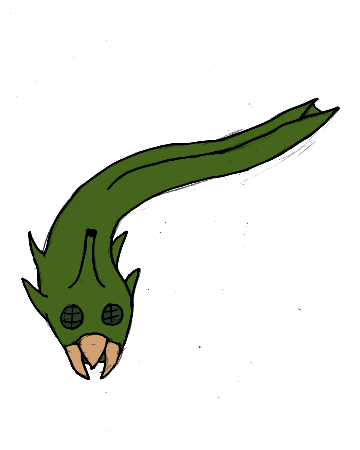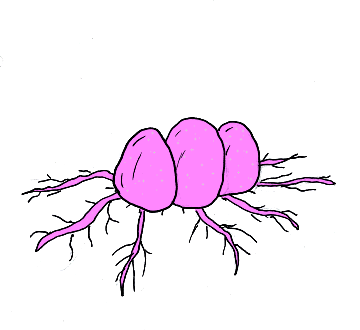Planet Gurx: Strondo Mechs
Strondovarians Love Mechs
The Strondovarians have plenty of kinds of vehicles, including wheeled ones, flying craft, and boats. We’d recognize all of that here on Earth. But one of the most popular kinds of conveyance on planet Gurx are what we’d call “Mechs” (and they’d call “Strenyacav”). You know the ones: armoured machines that are like big robots with a living pilot. Strondos love those.
One element of Strondovarian technology, relevant not just to the mechs, but all electronics and machines designed by Strondo culture: it’s all designed to be modular and universally compatible. Parts and components can be salvaged and reused with easy. And planned obsolescence would make designers into pariahs. All this, combined with the generally lackadaisical Strondovarian attitude toward possession of material goods, has resulted in a culture of mech pilots that have their own unique custom designs, but don’t specifically own their own mechs. When they need a mech, they’ll grab the nearest available one and quickly modify it to match their preferences. Often this is done simply by bringing the mechs into large hangars that perform the customization based on the pilot’s profile as it is registered in the Knowledge Bank. In a way, this makes mechs the largest reactive devices a Strondo is likely to use.
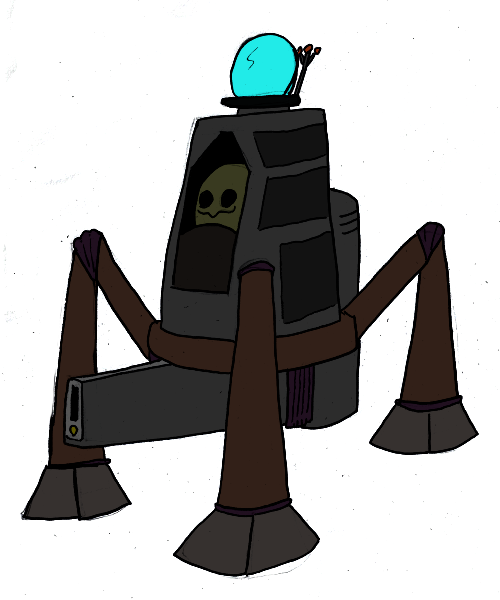
This is a pretty standard Personal Mech as one might find being used by security forces. Designed for a single pilot, they can probably fit a single passenger if they’re not specced so heavily that there’s no room left. In addition to security or combat, single-pilot mechs will often be adapted to roles such as construction or exploration of dangerous areas.
The standard design of a Personal Mech is made to emulate the exoskeletal Vootuph species found on the planet Gurx, and as such will occasionally be referred to by the names of such species if the resemblance is enough that the Strondos find the comparison funny.
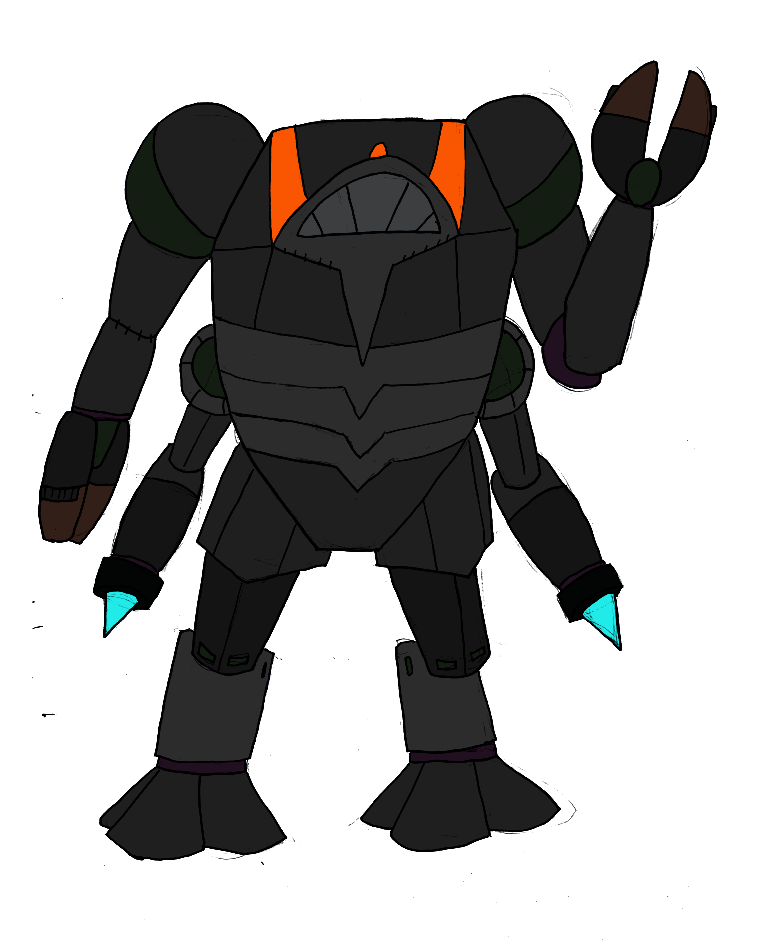
This second example has a body plan much more like that of a Strondovarian, and is much more massive in physical size, standing as they do around 50 metres tall on average. While they’re often designed so that a single Strondo can pilot them, to operate one of these to the full extent of its potential usually requires two or three pilots working together in the cockpit.
These massive machines have peaceful uses, they have much more room for transportation of passengers for example, but they are generally designed for combat. On planet Gurx, it is now rare for combat of this sort to be necessary, but every city has several such mechs waiting for a day when gigantic fighting machines may be needed.

